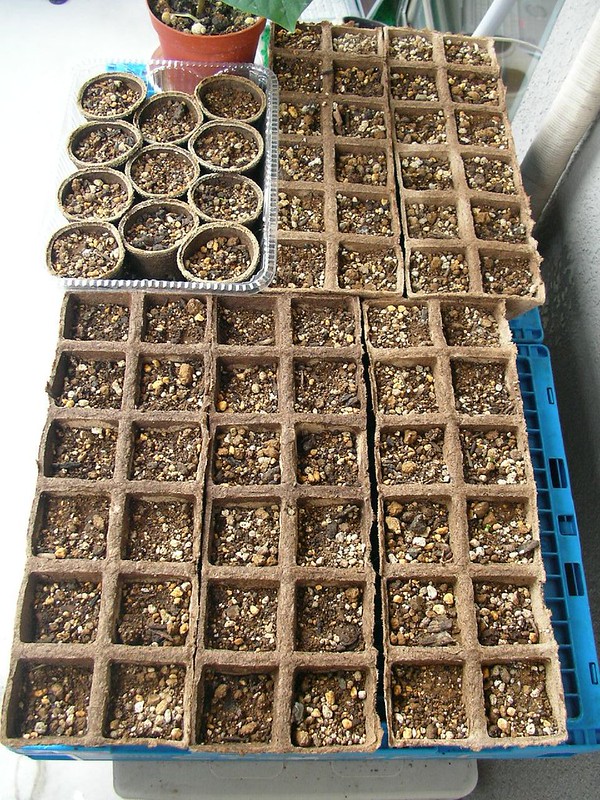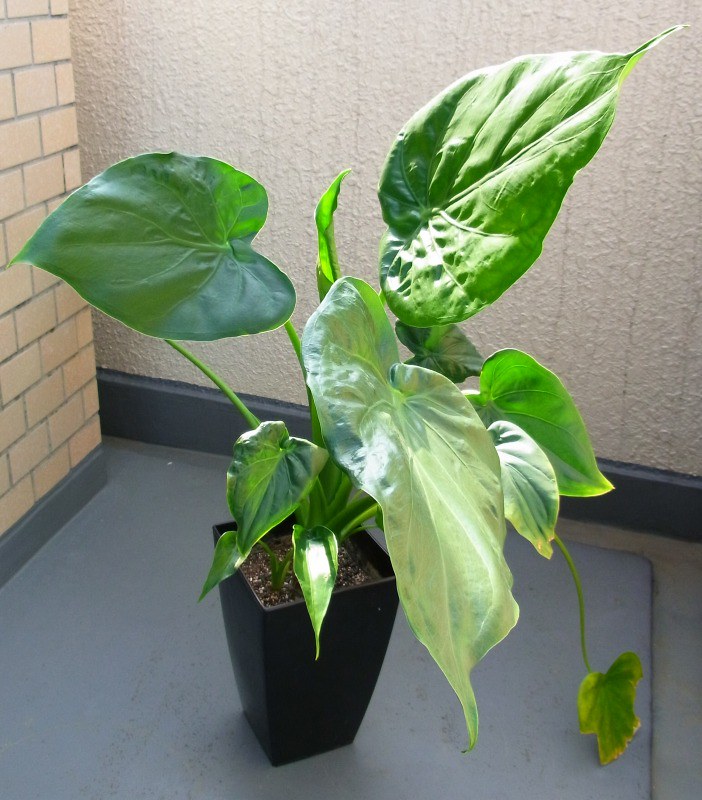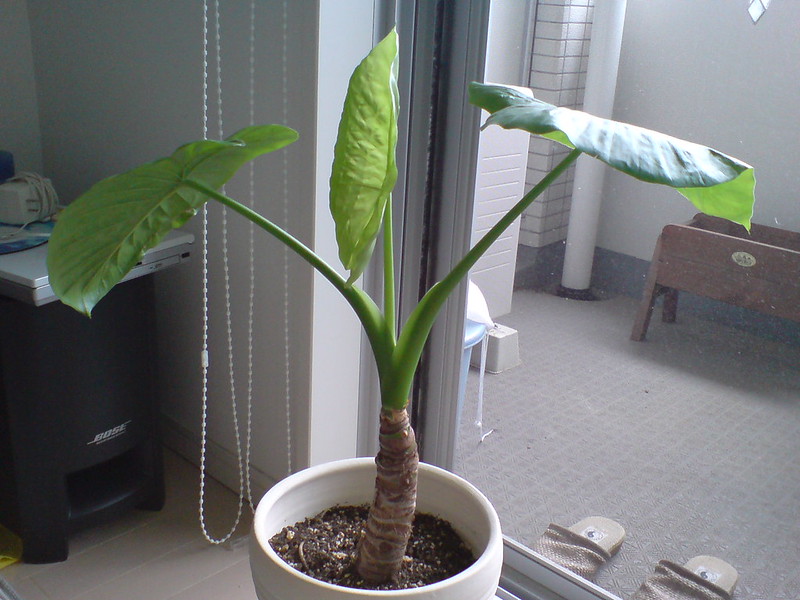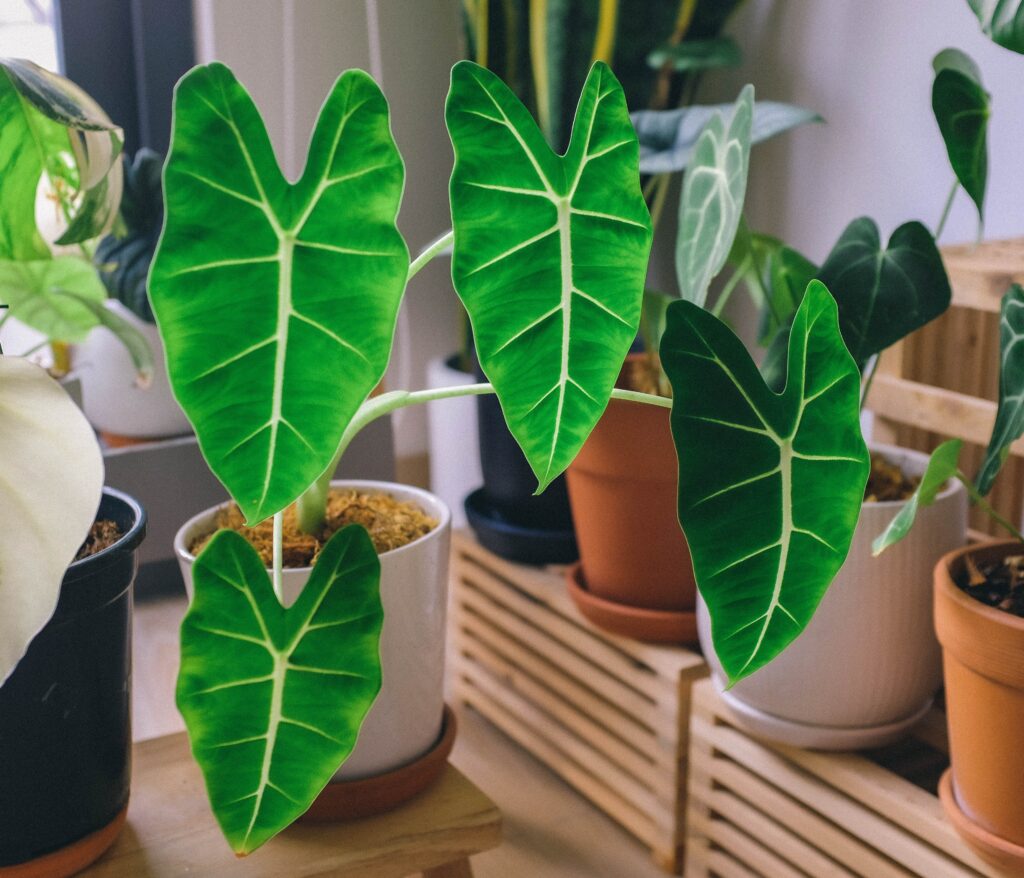If you’re a plant enthusiast and want to add an exotic touch to your indoor or outdoor space, Alocasia Odora, also known as Elephant Ear or Giant Taro, is an excellent choice.
This stunning tropical plant is admired for its large, arrow-shaped leaves and ability to add a sense of lushness and drama to any environment.
Alocasia Odora is a member of the Araceae family and is native to Southeast Asia. Its impressive leaves can grow up to three feet long, exhibiting a stunning arrowhead shape with prominent veining.
The plant’s deep green color and glossy texture add an aura of beauty to any setting, making it a popular choice for both interior and exterior landscapes.
| Characteristic | Description |
|---|---|
| Scientific Name | Alocasia odora |
| Common Names | Giant Taro, Night-Scented Lily, Ape |
| Family | Araceae |
| Native to | Southeast Asia, East Asia |
| Plant Type | Perennial, Rhizomatous |
| Growth Habit | Upright, Clumping |
| Height | Up to 10 feet (3 meters) |
| Leaf Characteristics | Large, Arrow-shaped, Glossy, Green |
| Inflorescence | Spathe and Spadix |
| Flowering Season | Summer |
| Fragrance | Night-scented |
| Cultural Preferences | Well-draining soil, Bright indirect light, High humidity |
| Hardiness Zones | 8b to 11 (USDA) |
| Special Features | Ornamental Foliage, Fragrant Flowers |
| Toxicity | Contains Calcium Oxalate Crystals, Toxic if ingested |
Alocasia Odora Care
Right Location
Alocasia Odora flourishes in bright, indirect light, mimicking the dappled shade it receives in its natural habitat.
When positioning your plant indoors, place it near a window with sheer curtains or use a curtain rod to filter intense sunlight. Outdoors, a partially shaded area protected from direct sunlight and strong winds is ideal.

Soil Conditions
This tropical beauty prefers well-draining, rich, and aerated soil. A mix of potting soil, perlite, and orchid bark is an excellent choice for potted Alocasia Odora.
In garden beds, amend the soil with organic matter to improve drainage and nutrient retention.
Watering and Humidity Requirements
Alocasia Odora enjoys consistently moist soil, but overwatering can lead to root rot. Before watering, check the top inch of soil; if it feels dry, it’s time to water.
During the growing season, mist the leaves regularly to increase humidity, as this plant thrives in high-humidity environments.
Temperature Considerations
Maintaining the right temperature is vital for Alocasia Odora’s well-being. It prefers temperatures between 65°F to 80°F (18°C to 27°C) during the day and slightly cooler temperatures at night. Avoid exposing the plant to temperatures below 60°F (15°C), as it can damage the leaves.
Fertilizing the Alocasia odora
Feed your Alocasia Odora with a balanced liquid fertilizer during the growing season (spring and summer). Reduce or stop fertilization during the dormant winter months. This ensures the plant receives the nutrients it needs to support healthy growth.
Pruning and Propagation
As your Alocasia Odora matures, you may need to prune yellowing or damaged leaves to encourage new growth.
Additionally, propagating the plant through division can be a rewarding experience, allowing you to expand your Alocasia family.

Alocasia Odora Varieties
Alocasia Odora ‘California’: This variety is known for its large, glossy green leaves with prominent veining. It is prized for its impressive size and tropical appearance.
Alocasia Odora ‘Green Giant’: As the name suggests, this variety is notable for its large size, and it is often sought after for its lush, green foliage.
Alocasia Odora ‘Silver’: This variety stands out for its leaves with a silvery sheen, giving it a more unique and eye-catching appearance compared to the typical green varieties.
Alocasia Odora ‘Variegata’: This cultivar features leaves with variegated patterns, typically displaying splashes of white or cream, providing an attractive contrast to the green portions.
Alocasia Odora ‘Black Stem’: This variety is distinguished by its dark-colored stems, adding an extra touch of drama to the plant’s overall appearance.
Benefits of Alocasia odora
Ornamental Beauty: Alocasia Odora is prized for its striking and impressive appearance. Its large, glossy, heart-shaped leaves with prominent veining add a tropical and lush element to any garden or indoor space, making it an eye-catching centerpiece.
Air Purification: Like many other houseplants, Alocasia Odora can help improve indoor air quality. The plant absorbs harmful pollutants from the air and releases oxygen, contributing to a healthier living environment.
Natural Humidifier: Alocasia Odora is known to transpire, releasing moisture into the air. This can help increase humidity levels in its surroundings, making it beneficial for indoor spaces with dry air.
Stress Reduction: Having indoor plants like Alocasia Odora has been shown to reduce stress and improve overall well-being. The calming presence of greenery can have a positive impact on mental health and create a soothing atmosphere.
Educational Value: Alocasia Odora, with its unique appearance and growth habits, can serve as an educational tool for both children and adults to learn about tropical plants and their ecosystems.
Landscaping Accent: In outdoor gardens or landscapes, Alocasia Odora can be used as an accent plant or as part of a tropical-themed garden design. Its dramatic foliage adds visual interest and texture to the overall landscape.
Biodiversity Support: Alocasia Odora can attract various beneficial insects and pollinators, contributing to local biodiversity and ecological balance.
Cultural Significance: In some regions, Alocasia Odora holds cultural significance and is used in traditional practices or celebrations.
Tips for Indoor Alocasia Odora Care
Light: Bright, indirect light near a window.
Temperature & Humidity: Warm temperatures (65°F to 85°F) and high humidity. Use a humidifier if needed.
Watering: Keep soil consistently moist, but not waterlogged. Water when the top inch of soil is slightly dry.
Potting Mix: Well-draining mix with peat moss, perlite, and a bit of sand.
Pot Size: Choose a pot slightly larger than the current root ball, as Alocasia prefers to be slightly root-bound.
Fertilization: Use a balanced liquid fertilizer every 2-4 weeks during the growing season (spring and summer).
Pruning: Trim yellow or damaged leaves regularly.
Pest Management: Check for pests and treat them with insecticidal soap or neem oil if necessary.
Air Circulation: Provide good air circulation to prevent fungal diseases.
Winter Care: Reduce watering and protect from cold drafts. Not frost-tolerant.

Common Issues With Alocasia Odora
Yellowing Leaves: Yellow leaves can be caused by overwatering, underwatering, or poor drainage. It can also indicate nutrient deficiencies or root problems.
Brown Leaf Tips: Brown tips on the leaves are often a sign of underwatering or low humidity. The plant may be losing moisture faster than it can take it up, resulting in dry leaf edges.
Leaf Curling: Leaf curling can be caused by underwatering, high temperatures, or low humidity. It can also be a response to pest infestations like spider mites.
Pest Infestations: Alocasia Odora can be susceptible to pests like spider mites, aphids, mealybugs, and scale insects. These pests can weaken the plant and cause various issues.
Root Rot: Overwatering or poorly draining soil can lead to root rot, a fungal disease that affects the roots, causing them to become mushy and brown.
Leaf Spot Diseases: Alocasia Odora may suffer from fungal leaf spot diseases, resulting in dark or brown spots on the leaves and potential leaf yellowing or drop.
Bacterial Blight: Bacterial blight can cause water-soaked lesions and leaf wilting, posing a threat to the overall health of the plant.
Environmental Stress: Alocasia Odora can be sensitive to changes in its environment, such as sudden temperature drops or drafts.
Nutrient Deficiencies: Insufficient nutrients in the soil can lead to yellowing leaves and poor growth.
Improper Light: Too much direct sunlight can cause leaf scorching, while insufficient light can result in leggy growth and smaller leaves.
Conclusion
Cultivating and caring for Alocasia Odora can be a rewarding experience for both experienced and novice plant enthusiasts.
Its luxurious foliage and easy-to-maintain nature make it a valuable addition to any garden or indoor space.
By providing the right conditions, nutrition, and attention, you can watch your Alocasia Odora thrive and turn your living space into a tropical paradise.
| FAQs Q: Does Alocasia Odora require direct sunlight? A: No, Alocasia Odora prefers bright, indirect light to thrive. Q: How often should I water my Alocasia Odora? A: Water your Alocasia Odora when the top inch of the soil feels dry. Q: Can I grow Alocasia Odora outdoors in colder climates? A: Alocasia Odora prefers warm temperatures and should be protected from cold drafts and frost. Q: How do I propagate Alocasia Odora? A: Alocasia Odora can be propagated through division during the growing season. Q: Is Alocasia Odora pet-friendly? A: Alocasia Odora is toxic to pets if ingested; keep it out of reach of curious pets. |

